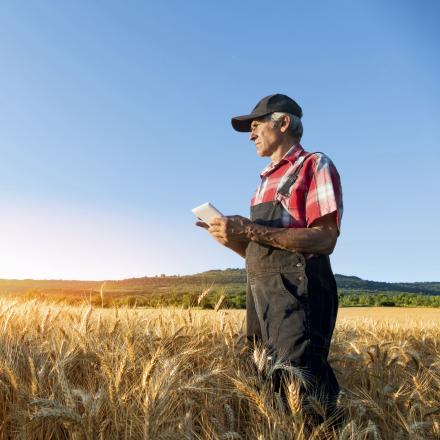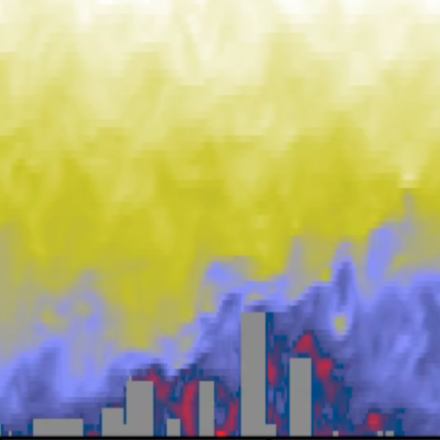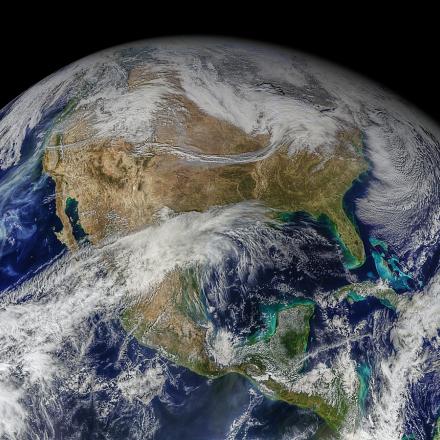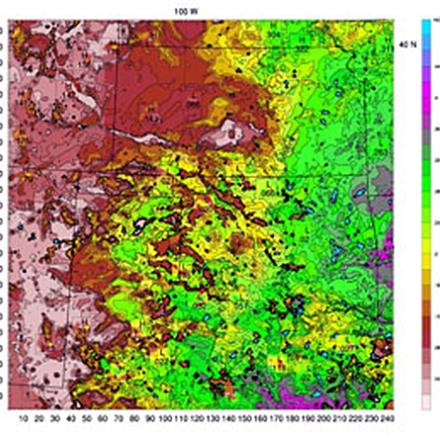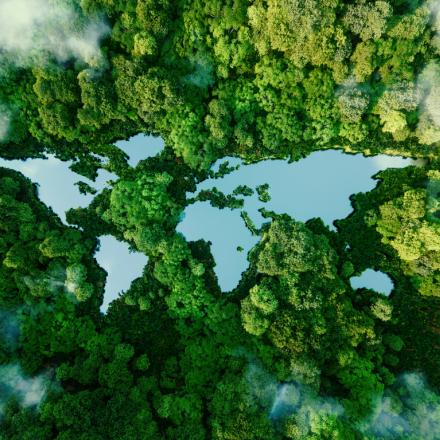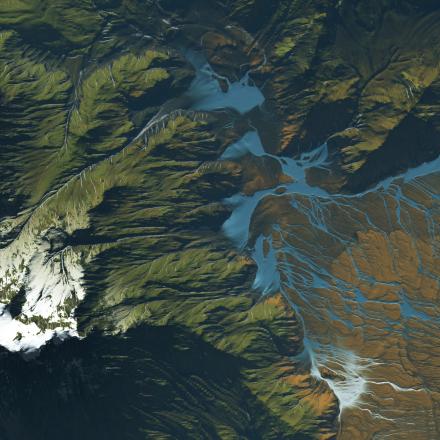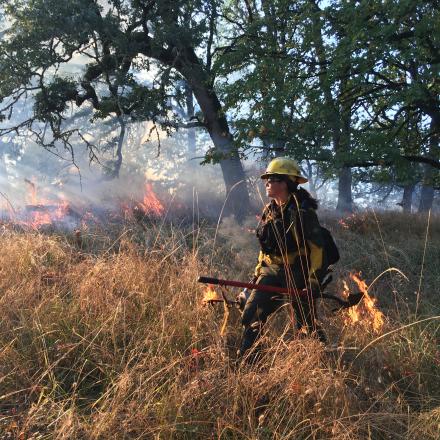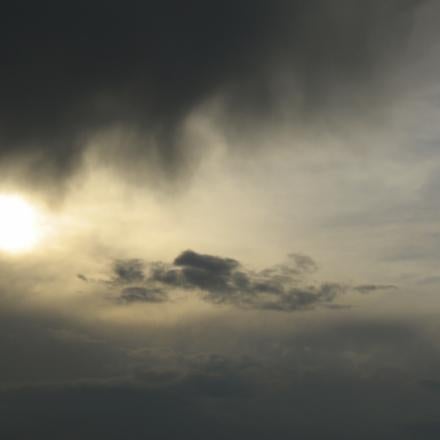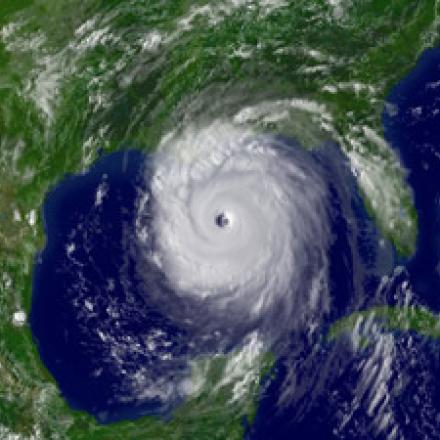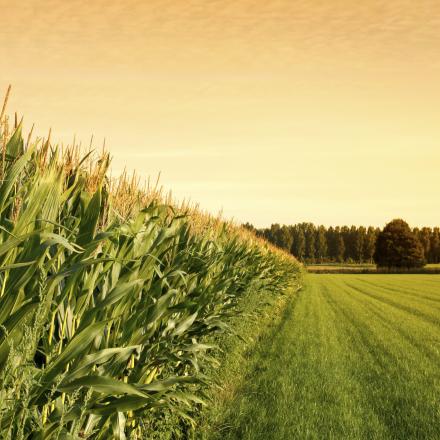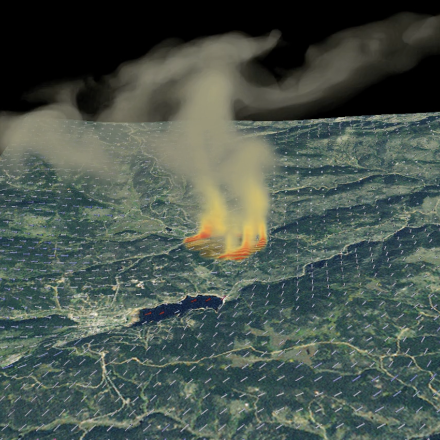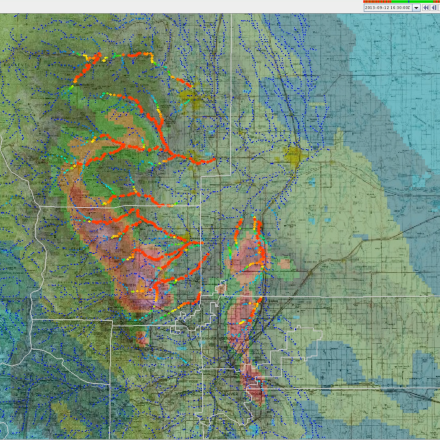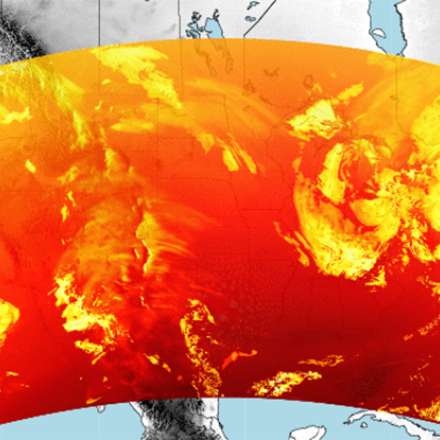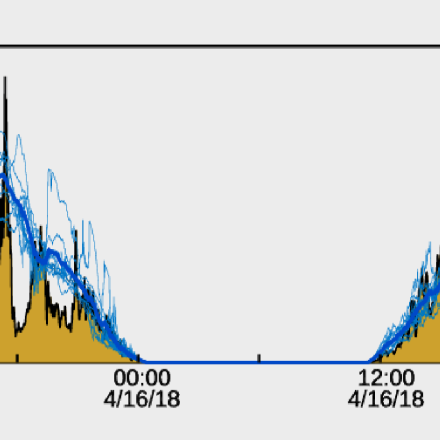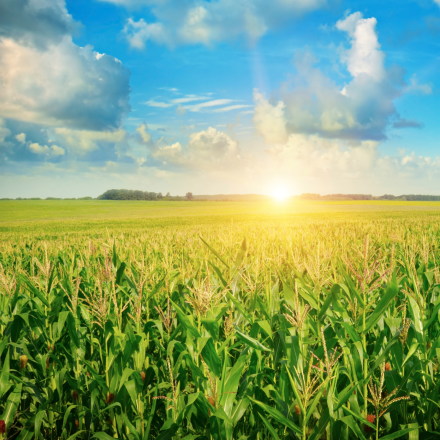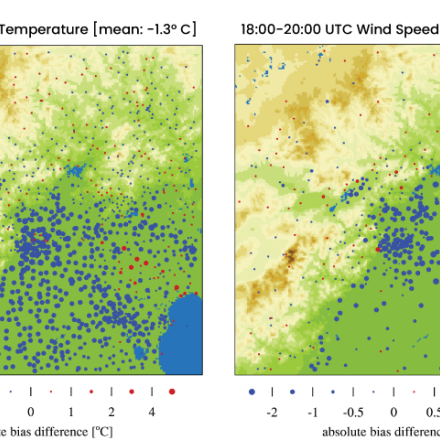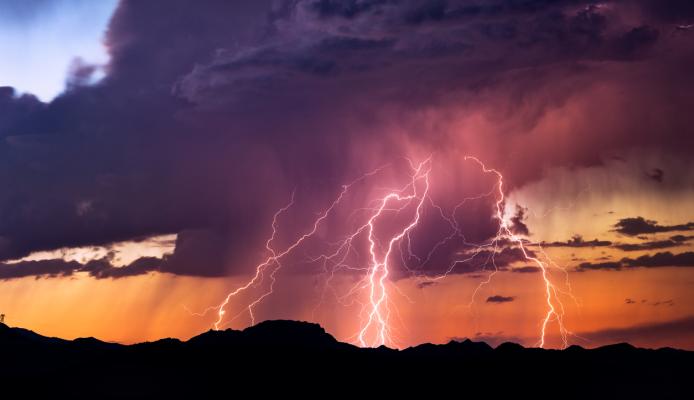
Specialty Models

Specialty Models
Location-Specific Weather and Microscale Modeling
Over the past several decades, scientists and engineers in the Research Applications Lab (RAL) have developed and deployed complex computer-based operational systems for analyzing and forecasting climate, weather, and hydrology at high resolution and at small scales worldwide. This development is built upon the Laboratory’s deep foundation of applied scientific research and engineering.
High-resolution prediction capabilities in RAL continue to go to finer scales, with current work addressing sub-km simulations and forecasts. Fine-scale modeling is also being rapidly extended to climate time scales; dynamical downscaling informs energy, security, and hydrologic planning for a changing climate with regional impacts. Some of RAL’s fine-scale activities and applications, and their corresponding customized models using versions of the Weather Research and Forecasting (WRF) model include:
- Coupling the latest weather technologies with new algorithms that translate detailed weather information into Unmanned Aerial System (UAS)-specific performance impacts. These new systems can be tailored for specific UAS applications to aid in both flight planning and in-flight decision making (WRF-LES);
- Developing modeling methods to more accurately analyze and predict wind and solar power in support of the renewable energy industry in both the U.S. and internationally (WRF-Solar);
- Exploring how urban development affects the weather, and how that weather in turn affects the health of people living in urban areas (WRF-Urban).
- Improving 48-hour predictions of fine particulate matter in cities nationally and internationally to better forecast air quality (WRF-CHEM);
- Developing a suite of methods to predict wildfires and their coincident weather (WRF-Fire);
- Improving analyses and forecasts and Army test ranges by identifying when weather suitable for testing will occur, and ensuring safety by predicting conditions that would be hazardous to personnel and material (WRF-RTFDDA-LES);
- Turbulence-resolving microscale atmospheric boundary layer simulation with atmospheric transport and dispersion of hazardous species and greenhouse gases (FastEddy).
Contact
Sue Ellen Haupt
Senior Scientist, Research Applications Laboratory
